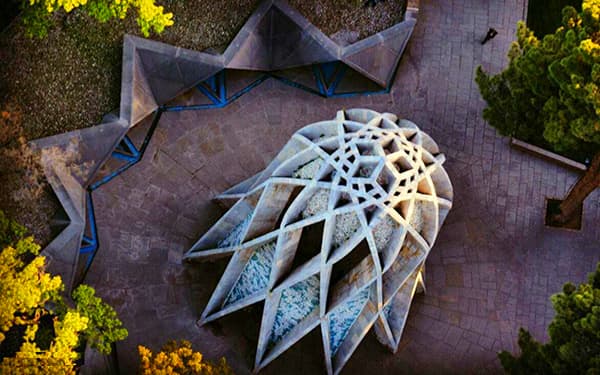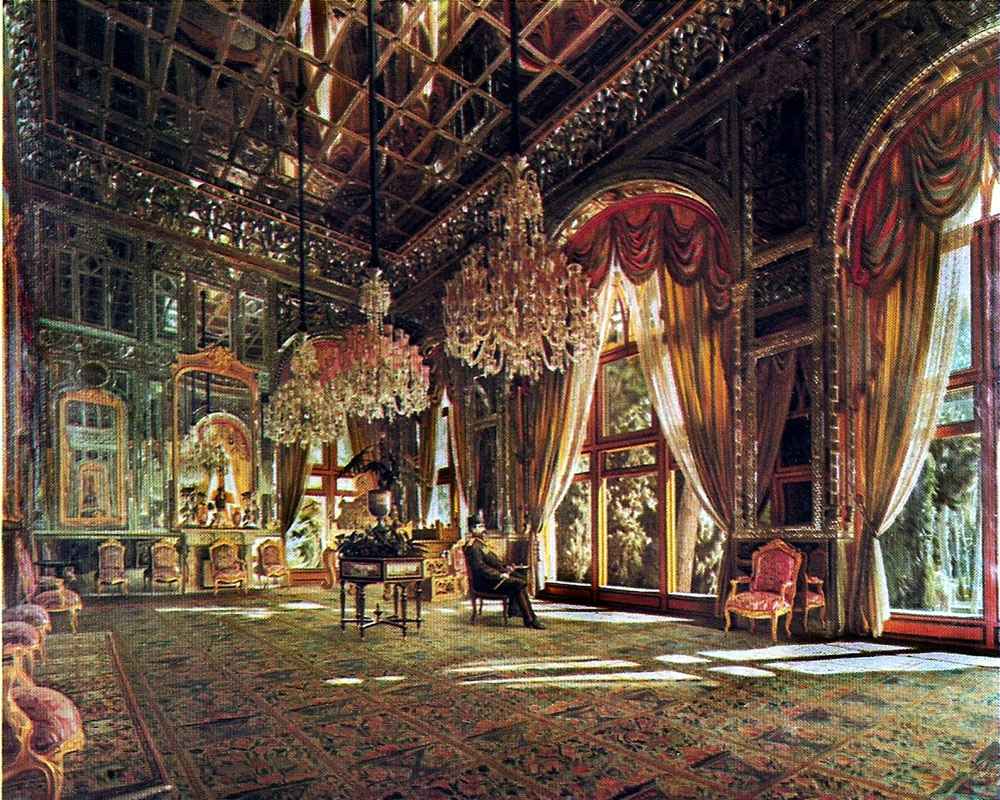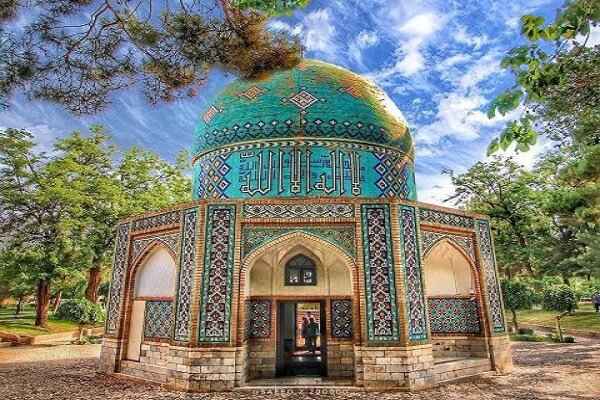Nishapur
Ancient city of the Iranian province of Khorasan. Nishapur, despite historical and natural catastrophes, was one of the most prosperous cities in the Islamic East until the time of the Mongols. Long overshadowed as a regional capital by the holy city of Mashhad, Nishapur retains its economic importance for its famous turquoise mines and agriculture (fruit, cotton, cereals), and is considered an important stop on the Tehran-Mashhad (railway) axis. , road).
The Sasanians caused Nishapur to emerge in history: Shapur I founded it and Shapur II rebuilt it. During the Seljuk dynasty the city had become one of the great intellectual centers of Islam (seat of the great poet Omar Jayam, famous for his theological school, Nizamiyeh, where he taught Al-Ghazalí.) In addition to science, poetry, agriculture and turquoise, Nishapur also prides itself on its refined ceramic art, which has a very relevant history throughout the Middle East.
Apart from some archaeological hills, excavated clandestinely for a long time, there are many Islamic remains in and around Nishapur: the tombs of Omar Jayam and Farid al-Din Attar, the old turquoise bazaar, the old caravanserai where today there are art workshops for produce costume jewelry with an incredible variety of Iranian turquoises.
Umar ibn Ibrahim Jayam Nishapuri
Jayam (1048-1131) lived during the Seljuk dynasty period in Iran. As the level of culture and civilization of the Seljuks was much lower compared to the Iranians, they immersed themselves in the Iranian culture and civilization. However, due to political conflicts and different religions, the Seljuks adhered to Sunni Islam and regarded it as the spiritual successor of the Prophet. The Persian mathematician, astronomer, and philosopher is remembered for his poetry. Most of Jayam’s quatrains are about enjoying life before death and having a happy life, rather an ode to drunkenness.
In his lifetime, Omar Jayam was best known as a scholar, mathematician, astronomer, and philosopher. He chose the pseudonym “Jayam” (tentmaker) in reference to his father’s profession. He studied all disciplines under the control of the greatest masters of the time. In search of knowledge, he traveled all over the country, meeting scientists, visiting libraries and scientific centers, such as the one in Balj, where he stayed for a year. Upon returning to his hometown, Omar Jayam gained much fame as a scholar and was later invited by the Seljuk King Malek Sah to participate in the construction of an observatory in Isfahan, as well as in the reform of the Persian solar calendar by drawing astronomical tables and he was the one who introduced the leap year. The solar calendar used today in Iran owes its accuracy to this great scholar.
I have drunk so much wine that its smell
it will flow from my grave when I lie underground
And when a barrel passes near my grave
you will smell the scent and instantly feel drunk
However, thanks to his Rubaiyát, a collection of more than 400 quartets – celebrating wine and pleasure – Omar Jayam became world famous centuries after his death. “Drink and be happy,” proclaims this free spirit and epicurean esthete. Disillusioned, Jayam searches the bottle for a way out of his existential anguish.
Do not hesitate to enjoy the wine and women,
Well, sooner or later you will have to sleep under the ground
And don’t tell this to anyone
the withered poppy does not bloom again
At the age of 83, he passed away in Nishapur and was buried in the shadow of two rose bushes. “When I die, wash me with wine and make the boards of my coffin of vine wood,” asked the poet.

Farid al-Din Attar
He is one of the most famous Persian Sufi poets and mystics (1145-1221). Attar’s name is actually a nickname that comes from the trade of his father, herbalist and perfumer (Attar). In his workshop he composed most of his works. However, he traveled a lot and met many great mystics, such as the great Persian mystic poet Jalal al-Din Rumi, when he was just a child.
Attar is the author of an important prose work; Attar’s Divan (collection of poems) with some 100,000 verses, prominent not only for its thematic unity, poignant descriptions of the agony and ecstasy of the mystical way, but also for its deep secrecy and religious values.
Kamal al-Molk
Kamal al-Molk Mohammad Ghaffari, better known by his pen name Kamal al-Molk, was born in Kashan (1847-1940, Nishapur). Having been born into a family very attached to art, without a doubt, he is one of the most eminent artists in Iran. Kamal al-Molk visited most of the European museums and studied the works of some famous artists such as Raphael, Titian and Da Vinci, delving into some of their works. He remained in Europe for about four years, during which not a single moment passed in vain. He experimented, created and learned, and finally in 1898 he returned to Iran.
He founded a new style in Iranian art. Iranian painting before him and even in the early years of his life was very different. It is an innovative style, not intended to devalue the painting of the past, but to advance the art of painting in Iran and open new horizons for the successors.

Hall of Mirrors: Kamal al-Molk’s most eminent work in the Golestan Palace
The hall of mirrors is his masterpiece. It was the first painting with the signature of Kamal al Molk. The “Hall of Mirrors” was rather a turning point in Iranian art than a simple painting; a window to a new world more than a painting on canvas. With this work, the artist wonderfully represents all the delicacy and details of the mirror room of the Golestan Palace. In this painting there is a lively and animated portrait of Nasser al-Din Shah seated in the center of the room. The reflection of light and shadow from objects in the room decorated with hundreds of mirror pieces and the reflection of mirrors are rendered with such delicacy that it compels the viewer to admire it.
Caravanserai Shah Abbasi
One of the buildings from the Safavid era that now houses workshops and craft shops and is located in the central part of the city of Nishapur. Like the historic Nishapur Bazaar, the construction of this caravanserai is believed to be one of the reforms of the period of Shah Abbas I. The caravanserai has a central courtyard, 24 rooms, four arcades, stables and a loading platform and unloading of goods, obviously adapted to camels and dromedaries that transported various objects and goods that passed through the Silk Road at that time.



Comments